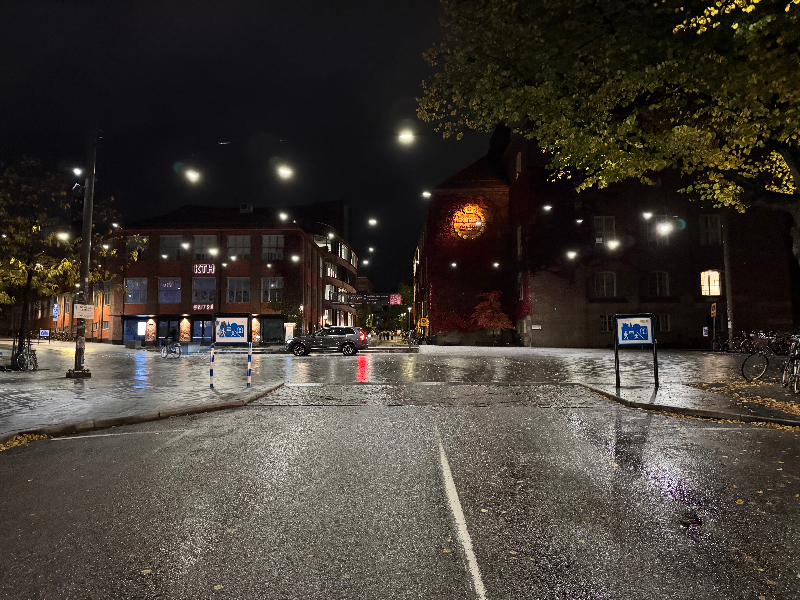Kursbeskrivning
För att utveckla dina färdigheter att känna igen och inkludera både dina egna och andras specifika mångfalder av positioner och variationer inom och bortom normativa uppfattningar om plats kommer du i den här kursen att introduceras till specifika forsknings- och designpraktiker relaterade till barns rättigheter och FN:s konvention om barnets rättigheter, om rumslig tillgänglighet i relation till kognitiva funktionsnedsättningar, om uppfattningar om könsdiskriminering och rasism inom arkitektur, samt om feministisk konst- och designpraktik.
Du kommer att arbeta individuellt och i grupper med två uppgifter. Den individuella uppgiften ger dig möjlighet att sammanfatta och reflektera över ett urval av specifika positioner och perspektiv. I gruppuppgiften kommer du tillsammans med dina kollegor att genomföra en platsanalys på en tilldelad plats. Du förväntas producera en representation av platsen som inkluderar och artikulerar en mängd olika positioner som du har studerat i din individuella uppgift och som du finner relevanta för på platsen.
Presentationerna kommer att presenteras för hela kursen och diskuteras i blandade kollegor under den sista kursdagen.
Kursen är baserad på föreläsningar, seminarier, materialproduktion och en slutpresentation.
